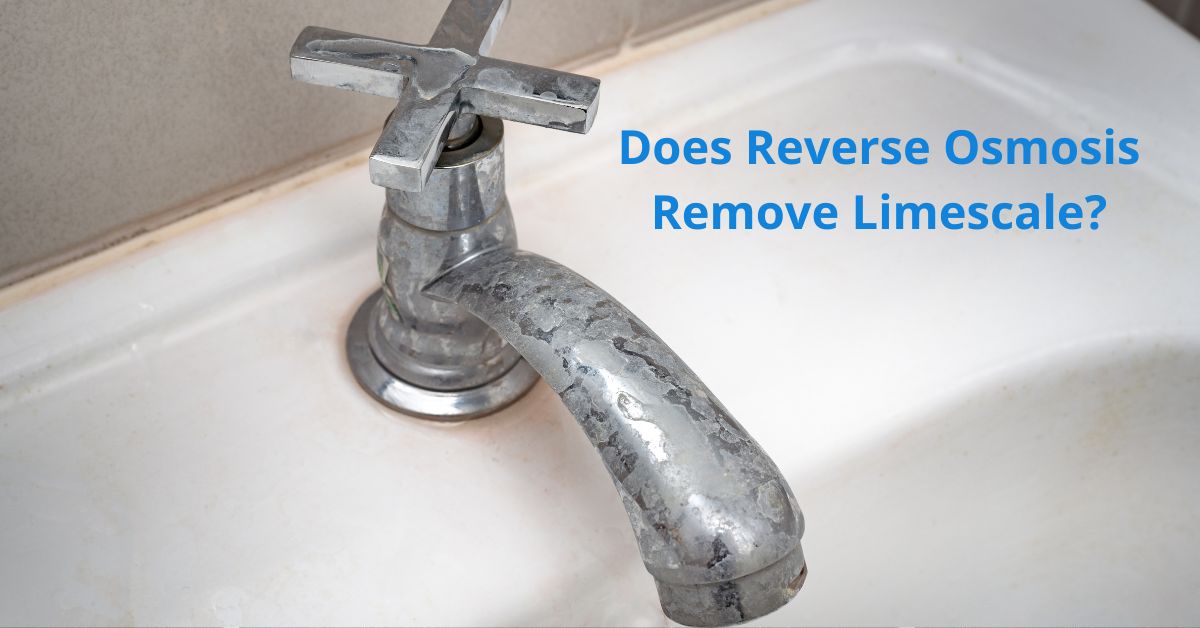
Does Reverse Osmosis Remove Limescale?
If you’ve ever found a chalky, white residue building up on your taps, inside your kettle, or on your shower screen, you’ve met limescale. It’s the stubborn, crusty reminder that you’re living in a hard water area. For years, I battled with it, constantly descaling appliances and wiping down surfaces, wondering if there was a better, more permanent solution. That’s when I started my deep dive into water filtration for hard water, and one question came up: does reverse osmosis remove limescale?
The short and incredibly effective answer is Yes, absolutely! A reverse osmosis filtration system is one of the most thorough methods you can use to combat limescale at its source. Here’s why:
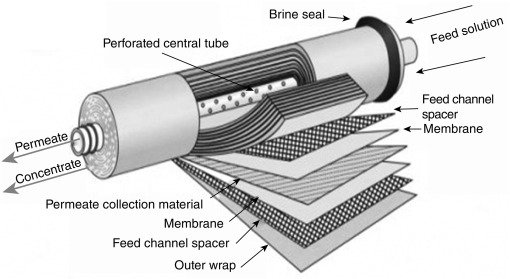
Limescale is primarily made up of two minerals: calcium and magnesium. These are the minerals that define “hard water.” While not harmful to health, they are notoriously harmful to our pipes, appliances, and sanity. A reverse osmosis ro water filter works by pushing water through a semi-permeable membrane with incredibly tiny pores. These pores are so small that they block virtually all dissolved solids, including those very calcium and magnesium ions that form limescale.
The result is beautifully soft, mineral-free water. Not only will this prevent new limescale from forming, but it also means your water will taste better, your coffee will be purer, and your appliances will last significantly longer. It’s a complete game-changer for anyone tired of the hard water fight.

Source: water.australianmap.net (https://water.australianmap.net/physical_chemical/hardness/)
What is the best water filter to remove limescale?
So, if reverse osmosis is so effective, is it the best option? For pure, comprehensive scale prevention, I believe it is. But the best system for you ultimately depends on your needs, budget, and what you want to achieve.
Let’s break down the main contenders:
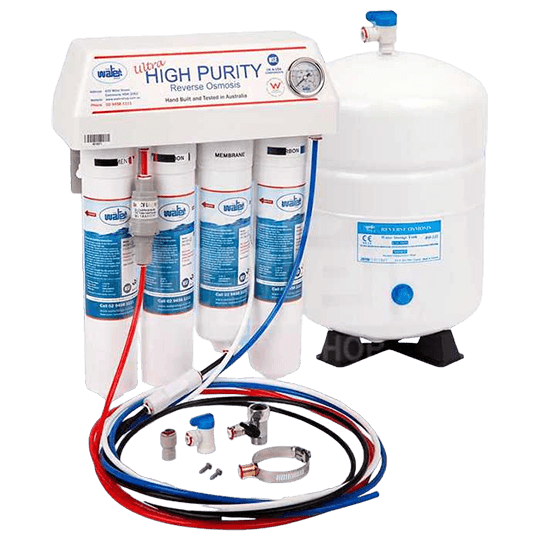
1. Reverse Osmosis Filtration: The Gold Standard
As we’ve established, an RO system is the undisputed champion for removing limescale-causing minerals. A typical under sink water purification system using RO technology doesn’t just stop at calcium and magnesium; it also removes a huge array of other contaminants like lead, chlorine, fluoride, nitrates, and many more. It provides the highest grade of filtration available for home use.
The trade-off is that it’s a more involved installation (usually under the sink) and produces wastewater in the process. However, modern systems are far more efficient and compact than older models. For me, the benefit of having perfectly pure water for drinking and cooking right from its own dedicated tap far outweighs these considerations.
2. Salt-Based Water Softeners: The Traditional Approach
Before I started my my research, I assumed a water softener was the only answer. These traditional systems use an ion-exchange process, swapping calcium and magnesium ions for sodium or potassium ions. They are excellent at preventing scale throughout your entire house water filter system, protecting your pipes, boilers, and all your water-using appliances.
However, they do not purify your water. The sodium is added, and other contaminants remain. The water is softened but not filtered for drinking purposes. For whole-house scale prevention, a softener is fantastic. For purified drinking water, you’d still need an additional filter at your tap.
3. Template Assisted Crystallisation (TAC) Systems – A Salt-Free Alternative
These are often marketed as salt-free water conditioners. They don’t actually remove the hardness minerals but alter their structure so they don’t stick to surfaces and form scale. They are a good option for whole-house scale prevention without adding sodium and without producing wastewater.
Like softeners, they treat all the water in your house but do not provide purified water for drinking. The scale prevention is effective for appliances but the water still tastes hard.
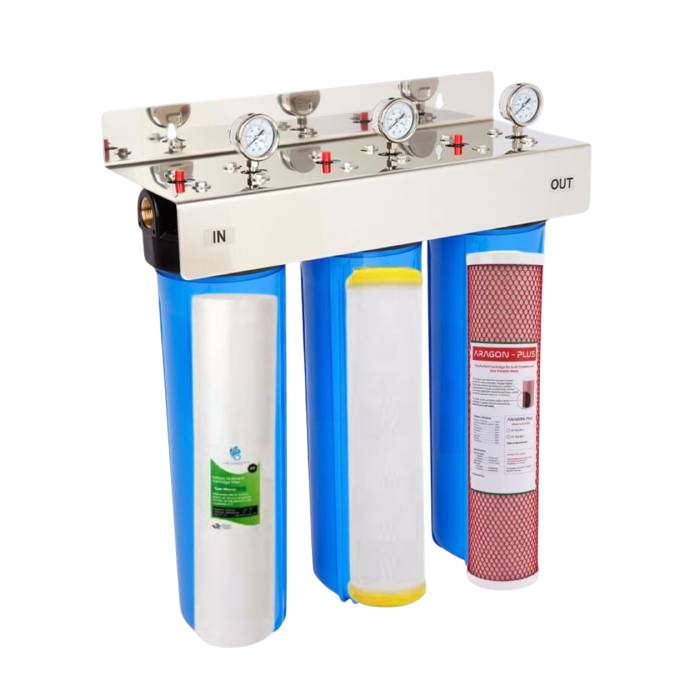
4. Whole House Filters with Scale Inhibition
It’s also worth mentioning that some house water filter systems are designed specifically for hard water and use special filter cartridges to prevent scale. You won’t typically find these as standalone solutions for very hard water, but they are a popular point-of-entry option.
These systems often use a high-quality carbon block filter made from coconut shell carbon (which is great for removing chlorine and sediment) that is also infused with a food-grade scale inhibitor. This inhibitor works by surrounding the calcium and magnesium minerals, preventing them from crystallising and sticking to surfaces. They don’t remove the minerals, but they keep them suspended in the water so they can’t form limescale.
Similarly, some water filter system for home use a phosphate-based filter. When phosphate is introduced into the water, it forms a protective layer on the inside of pipes and on heating elements. This layer acts like a barrier, preventing the hardness minerals from adhering and building up as scale. It’s a physical prevention method rather than a removal one.
These systems are a lighter-touch, chemical-free approach to scale prevention that works for the entire home, but their effectiveness can vary with the degree of water hardness.
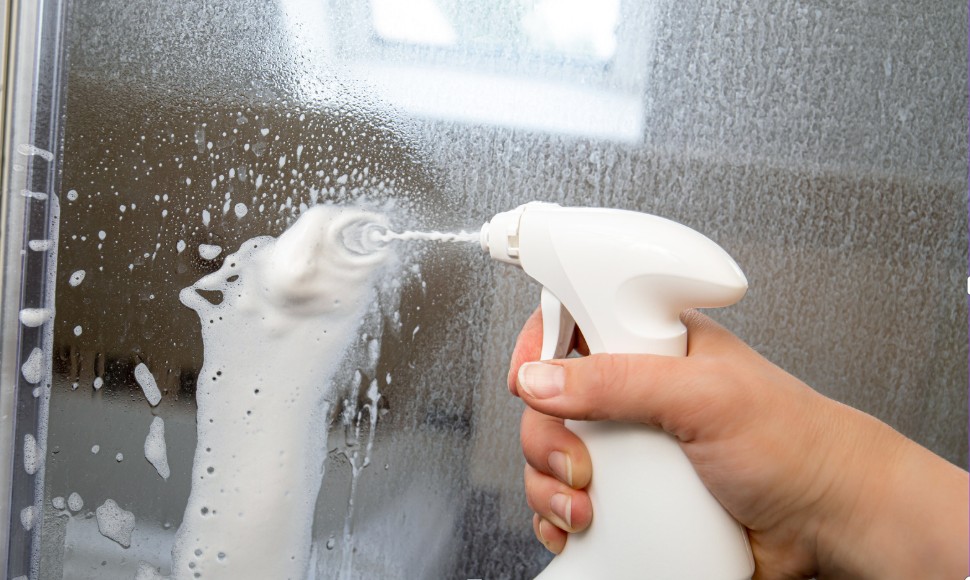
Finding the Right Solution for Your Home
So, which path is right for you? It all comes down to your priorities.
If your primary goal is to have the best possible water for drinking and cooking that is completely free from limescale minerals and a host of other impurities, then a reverse osmosis system is your winner. It’s a targeted, incredibly effective solution.
For whole-house protection where every tap is scale-free, a softener or TAC system is the classic choice. Pairing either of these with an under sink water purification system like an RO unit for your drinking water is the ultimate combo for complete care.
For moderate hard water issues, a whole-house filter with a dedicated scale-inhibition cartridge can be a good maintenance solution to reduce scale while also filtering other common contaminants.
In my home, I opted for an under sink reverse osmosis system and a whole house water filter for limescale to keep every tap and appliances free from lime deposits. The difference has been astounding. My kettle is spotless, my glasses are streak-free, and most importantly, the water tastes incredible. It was an investment in my home’s health and my own, but I haven’t looked back since.



